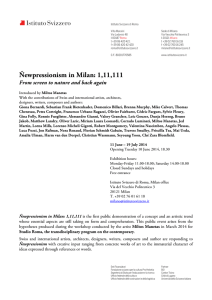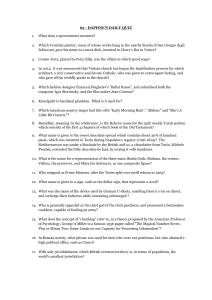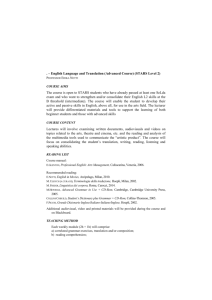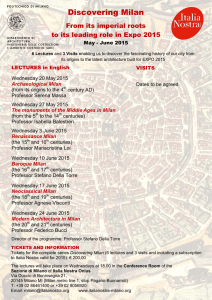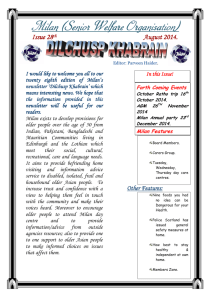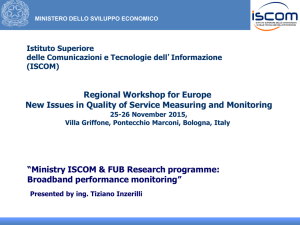Business Economics (Annual Course)
advertisement
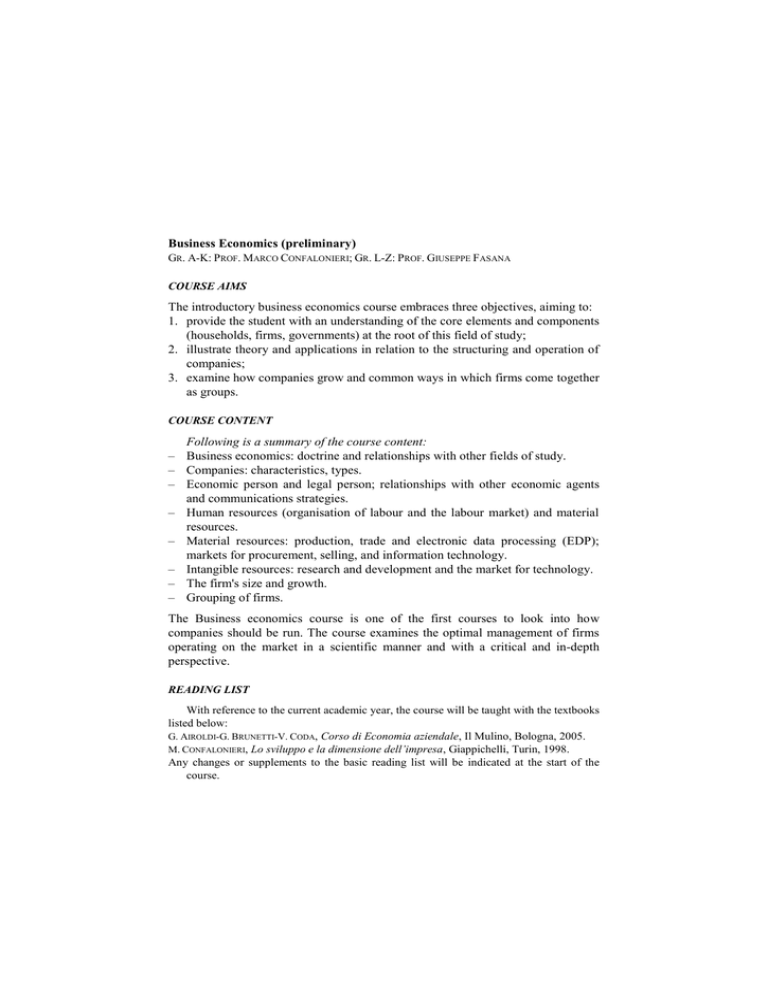
Business Economics (preliminary) GR. A-K: PROF. MARCO CONFALONIERI; GR. L-Z: PROF. GIUSEPPE FASANA COURSE AIMS The introductory business economics course embraces three objectives, aiming to: 1. provide the student with an understanding of the core elements and components (households, firms, governments) at the root of this field of study; 2. illustrate theory and applications in relation to the structuring and operation of companies; 3. examine how companies grow and common ways in which firms come together as groups. COURSE CONTENT Following is a summary of the course content: – Business economics: doctrine and relationships with other fields of study. – Companies: characteristics, types. – Economic person and legal person; relationships with other economic agents and communications strategies. – Human resources (organisation of labour and the labour market) and material resources. – Material resources: production, trade and electronic data processing (EDP); markets for procurement, selling, and information technology. – Intangible resources: research and development and the market for technology. – The firm's size and growth. – Grouping of firms. The Business economics course is one of the first courses to look into how companies should be run. The course examines the optimal management of firms operating on the market in a scientific manner and with a critical and in-depth perspective. READING LIST With reference to the current academic year, the course will be taught with the textbooks listed below: G. AIROLDI-G. BRUNETTI-V. CODA, Corso di Economia aziendale, Il Mulino, Bologna, 2005. M. CONFALONIERI, Lo sviluppo e la dimensione dell’impresa, Giappichelli, Turin, 1998. Any changes or supplements to the basic reading list will be indicated at the start of the course. Students interested in further studying business economics may wish to consult some of the texts listed below: P. ONIDA, Economia d’azienda, UTET, Turin, 1965. G. MAZZA, Problemi di assiologia aziendale, Giuffré, Milan, 1981, 2nd edition M. CATTANEO, Economia delle aziende di produzione, Etas Libri, Milan, 1983. G. FERRERO, Impresa e Management, Giuffré, Milan, 1980. MASINI, Lavoro e risparmio, UTET, Turin, 1978. H.I. ANSOFF, Implanting, Strategic Management, Prentice Hall, 1984 (Italian translation Organizzazione innovativa, IPSOA, 1987). A.C. HAX-N.S. MAJLUF, Strategic Management, Prentice Hall, 1984 (Italian translation Direzione strategica, IPSOA, 1987). R. NORMANN, Management for Growth, John Wiley and Sons, 1977 (Italian translation Le condizioni di sviluppo dell’impresa, Etas Libri, Milan, 1979). TEACHING METHOD Students will be expected to exert significant effort to learn the terminology, concepts, theory, and applications covered. It is thus recommended that students not only attend class on a routine basis, but also study regularly in order to grasp materials that are presented over a necessarily limited time period. Ideally, the student should regularly study both the textbooks and class notes so as to master between classes the numerous concepts presented, including from a critical and indepth perspective. ASSESSMENT METHOD Several tests will be administered during the academic term for the purpose of monitoring the student's level of understanding. The test schedule will be handed out in class. NOTES Further information can be found on the lecturer's webpage http://www2.unicatt.it/unicattolica/docenti/index.html or on the Faculty notice board. at

